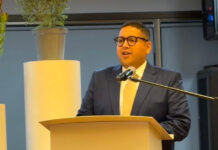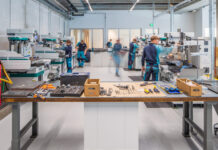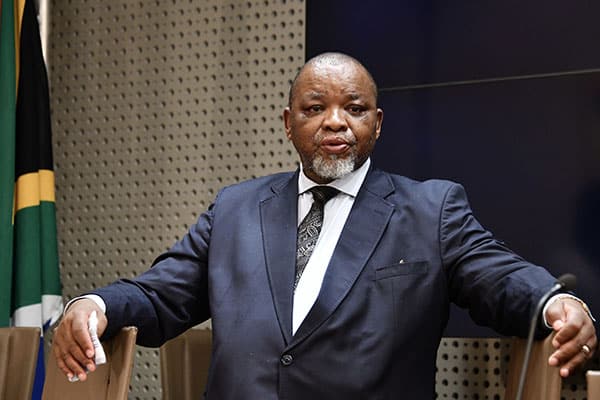By Larry Claasen
THE publishing of the Gas Master Plan by the Department of Mineral Resources and Energy in April provides a framework for expanding gas consumption and production in South Africa.
The government says the plan is not only meant to increase the country’s energy security, it will also reduce its “heavy reliance on unabated coal,” which will have the added benefit of reducing greenhouse emissions.
Though the government has ambitions of increasing gas usage in South Africa, the plan points out that the gas fields in Mozambique, which has been one of the main suppliers of gas to the country for the past 20-years, are coming to their end and will result in substantial shortages from 2026.
It is, however, foreseen from 2027 that local gas from the Block 11B/12B off the east coast near Mossel Bay will offset the decline in gas coming from Mozambique.
Terminal investment
Aside from exploiting local gas deposits, the development of gas terminals at Richards Bay in northern KwaZulu-Natal, Saldanha Bay near Cape Town and the Port of Ngqura in the Eastern Cape, will facilitate the large-scale importing of liquefied natural gas (LNG).
The master plan foresees LNG imports to dominate the gas supply market over the next few decades. LNG imports are expected to make up 30% of total supply, but are expected to grow to 87% by 2050.
Richards Bay is expected to be the main import hub with the development of the LNG terminal to be developed and run by Dutch based Vopak. The Richards Bay LNG terminal gas is expected to increase imports from 165 PJ/a in 2030 to more than double to 387 PJ/a in 2038.
For its part, the Strategic Fuel Fund (SFF), a subsidiary of the Central Energy Fund, took a 60% holding in assets of Avedia Energy, which includes the LPG terminal in Saldanha in January 2024.
The Central Energy Fund said this move would promote competitiveness in the downstream liquid petroleum gas (LPG) market by enabling the importation of cheaper LPG.
The Department of Trade, Industry and Competition also announced Kili Energy will be setting up a R500-million LPG cylinder manufacturing plant in the Coega Special Economic Zone (SEZ) in Gqeberha in the first quarter of 2024.
Investment needed
Prior to the publishing of the Gas Master Plan, Mineral Resources and Energy Minister Gwede Mantashe spoke on the issue in a speech in September 2023.
He said SA was still committed to expanding the use of LPG but pointed out that there was “limited LPG infrastructure” in the country and there was an urgent need to invest in refinery capacity.
In this regard he noted that the, “Strategic Fuel Fund and PetroSA are working to partner with companies willing to invest in this infrastructure.”
The master plan, however, points out that this type of investment will not happen quickly.
“Large-scale indigenous natural gas production could substantially improve in the near future, but currently remains a distant goal. The country should therefore drive massive additional exploration projects, while simultaneously enabling potential developments of other forms of gas available to South Africa.”
Though scaling up the local gas industry will take time and capital, the department notes in the plan would benefit the country’s economy.
“The availability of gas for the domestic market would facilitate industrialisation and the development of the gas industry, including LNG, gas processing and gas pipeline infrastructure.”















